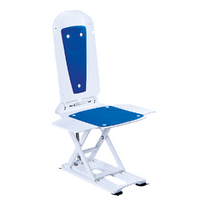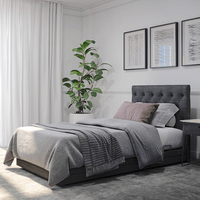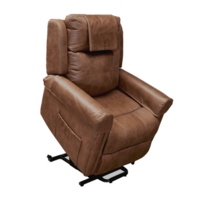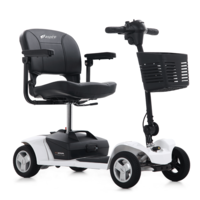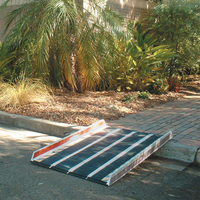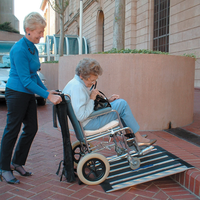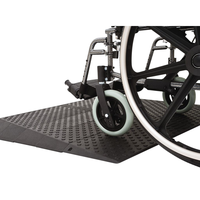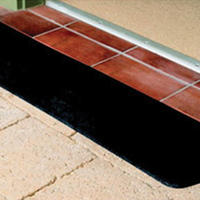Home Modifications for The Elderly: Ageing in Place Safely
One of the considerations that you will no doubt face when discussing ageing with your parent or loved one is whether they will remain at home or enter an aged care facility. There are a number of things to consider in this decision, but very often the best option is to remain at home, with the familiarity of a local neighbourhood and a sense of independence. Yet, it’s important to ensure they are safe and comfortable, which for many seniors means making modifications to the home.
In this guide, we showcase some of the most beneficial home modifications for the elderly and explain how they can assist your loved one. These additions and alterations can help to ensure your parent ages in place safely and comfortably.
Declutter
One of the first steps for your loved one’s safety in their own home is to declutter the space. By ridding their home of unnecessary furniture and objects, you’ll be providing them with clear areas that are free from trip hazards and other causes of injury.
Due to ageing and reduced physical capabilities, seniors can become more susceptible to trips and falls, making clear walking paths throughout the home essential. Also, as eyesight and perception can deteriorate with age, walking into objects and furniture can become a concern. As such, it’s ideal to remove or relocate any items that are positioned poorly and may cause injury.
When decluttering a senior’s home, be sure to take not only their physical needs but also their emotional requirements into account. While ageing in place can give seniors a sense of independence, forcing them to dispose of possessions can cause upset and frustration. Try to make the decluttering process a collaborative effort, allowing your loved one to decide what they will part with.
Once the decluttering process is complete, rearrange the remaining items to ensure that the ones they use most frequently are easy to access and ready for use.
Grab Rails
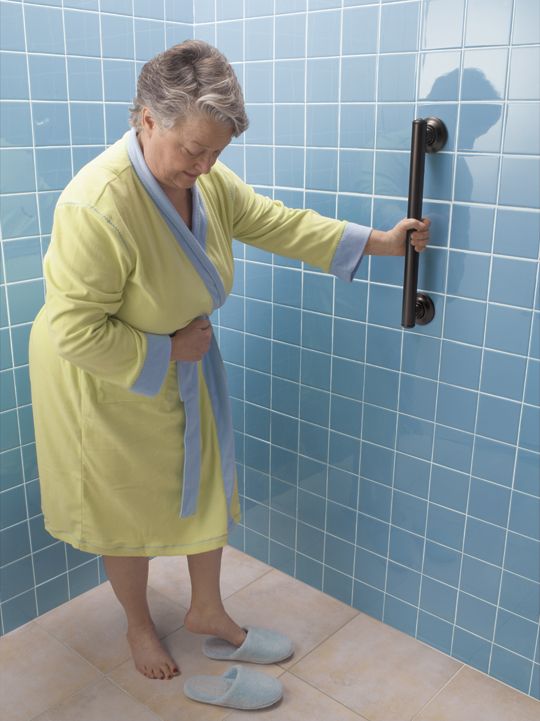
Clutter isn’t the only potential cause of falls. Slippery floors, a loss of balance and decreased physical abilities can all contribute to falls in the home. Luckily, there are ways to help ensure the safety of seniors who are ageing in place.
Grab rails can be especially beneficial for seniors who have chosen to remain at home. These supportive handrails are designed to provide extra support where needed. They offer seniors something to hold on to when standing and moving to help prevent slips and falls.
When deciding whether your loved one requires rails in their home, consider their needs and abilities. These sturdy bars are ideal for those with decent upper body strength who may be a little unsteady on their feet.
Typically used in the bathroom, near the bath, shower or toilet, grab rails vary in length, shape and style, making it possible to find one for varying needs. They can either be bolted to the wall or attached with commercial-grade suction cups.
Ramps
Another home modification that can provide more safety for seniors is the addition of ramps. Ideal for elderly persons with mobility issues, ramps can make crossing raised thresholds and ascending small stairs, whether in a wheelchair or by foot, simple.
Ramps come in many different varieties and can be used either indoors or outside the home. Portable and folding designs also allow for use on the go, providing ready access to buildings, buses, trains, other vehicles, and more. They can also be an ideal option for places where permanent ramps are impractical and can easily be stored away when not in use.
SHOP RAMPS
Ageing in place can be a suitable choice for many seniors. However, it’s essential to ensure your elderly loved one’s safety and comfort needs are being met at home. To learn more about identifying a senior’s safety needs and discussing their care, read our guide on Broaching the Topic of Ageing and Care.

















